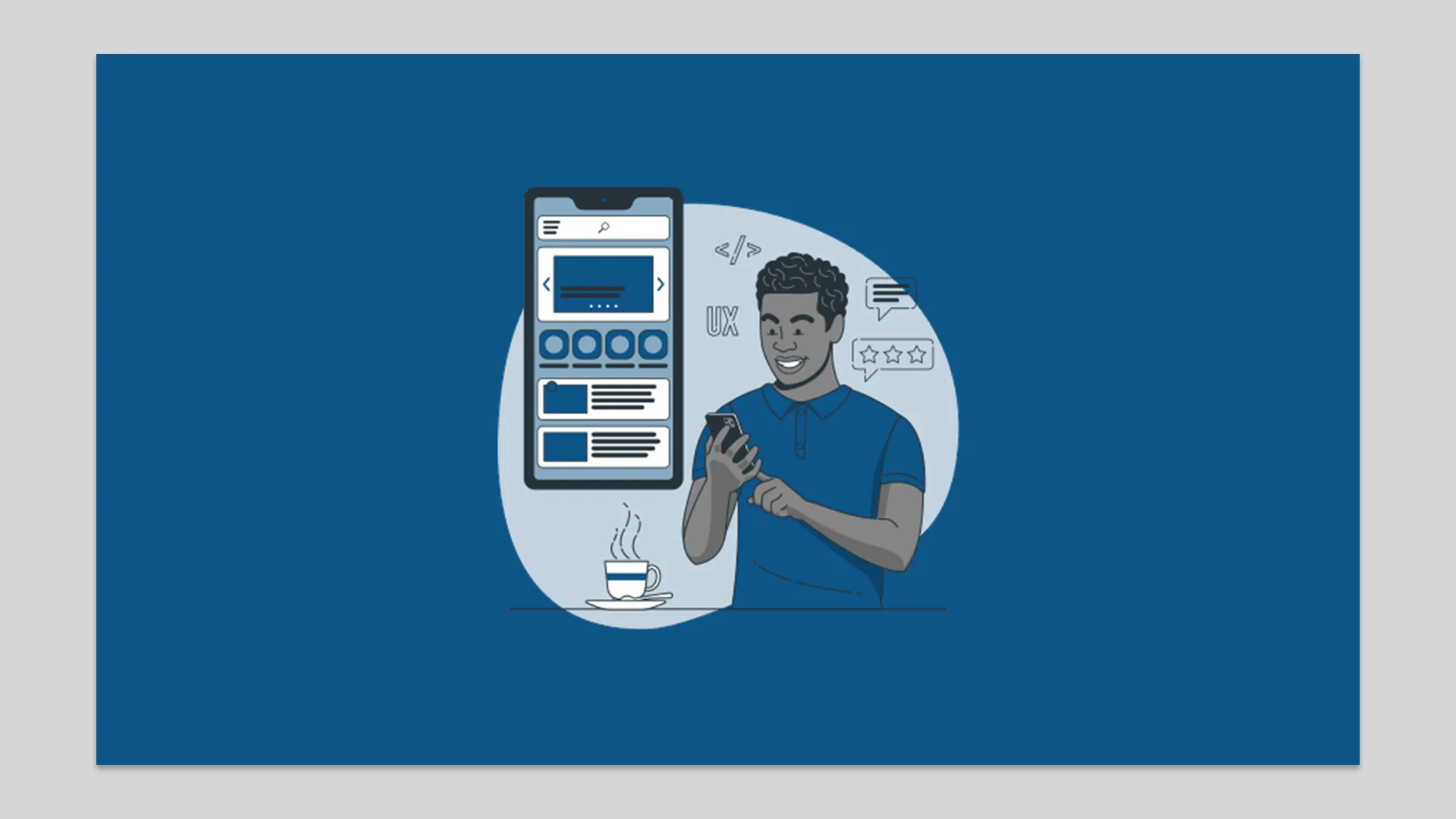The software development process involves several meticulous steps. App QA is one of the most critical in these phases as it ensures that a product meets specific quality standards and is free of defects. Every process involves planning, designing test use cases, and conducting tests to identify and correct issues.
But quality shouldn’t be your only concern. You must focus on user experience (UX) as well if you want to thrive in the app market. After all, a user-friendly app could differentiate your brand from the competition.
So, how can you include these essential elements as you craft your next digital app? Let’s explore the app QA strategies that help you provide a seamless user experience.
Analyze Requirements Thoroughly
Thoughtful planning is a major contributing factor to success, and this applies to app development as well. Ensure that the requirements are clear, detailed, and well-documented before getting excited about the product’s features and functionalities. Ambiguities can lead to misunderstandings and potential issues.
When performing a requirement analysis, always match the app and business’s goals, user needs, and customer expectations. Study your audience’s preferences and behavior to craft an effective App QA process. Set clear objectives and pinpoint the key features to prioritize.
Without knowing the user’s expectations and needs, your product might face quality issues that can erode consumer trust. For example, as mobile devices become the major source of internet traffic, your digital products must work across different sizes and user loads. You can’t thrive in a competitive market if your apps can’t address users’ pain points.
Similarly, you can’t make great software if your system can handle substantial computing resources. Make sure you can focus on tasks that really matter by working with professional consultancy services, including Nortec’s IT advisory in DC. Optimized processes and resources can cut app development costs and lead to faster market entry.
Create a User-Centric QA Plan and Design
Developing a comprehensive test plan guides your next actions and identifies the ideal test management tools in your arsenal. A good App QA procedure outlines the scope, objectives, resources, schedules, processes, and test cycles.
The testing team can create multiple scenarios that also cover user experience; for example:
- Functionality testing guarantees that all features and functionalities work correctly and according to requirements.
- Usability testing is key to evaluating how easy and intuitive the app is.
- Performance testing assesses the application under various load and usage conditions.
- User acceptance testing (UAT) involves human testers who provide valuable user feedback on usability and functionality.
- Exploratory testing involves using unscripted and creative testing approaches to identify defects and issues.
- Accessibility testing verifies that the application meets accessibility standards and guidelines, particularly for persons with disabilities.
- Cross-platform testing assesses the software’s functionality and performance across different browsers, devices, and operating systems.
After the QA test plan comes the design process, where the app development team prepares the testing environment, including the hardware and software configurations, network conditions, and test data. To ensure that your team can handle these, visit or contact the AT NET office in Charlotte or similar firms near you. These companies can help you make the most out of your IT systems regardless of your business requirements.
Include QA Early and Throughout the Process
The App QA process involves identifying critical defects and addressing them before they turn into major problems. As such, teams must integrate quality even in the earliest stages of the software development life cycle. Doing this doesn’t mean your app will be perfect. But you can assure users you’ve tried your best to create a product that’s functional and easy to use.
Addressing bugs, errors, and inconsistencies early on also ensures your software meets the highest standards of performance and usability. Frequent App QA checks can’t be downplayed as well. These contribute to an app’s reliability and show your commitment to providing high-quality products. In turn, it helps positively form users’ perceptions about your brand.
Automate Whenever Possible
Minimize repetitive tasks to shorten the development cycle, but never compromise user-centric features.
Automated testing tools can quickly identify defects with minimal to zero human intervention. Apart from that, they enable a more expansive testing coverage while guaranteeing thoroughness.
For example, teams can use automated platforms when performing regression testing, which validates that the app isn’t affected by code changes and updates. These tools create and execute test scripts instantly to save you time and effort.
If you’re working on tight development schedules and budgets, focus on low-cost, repeatable testing that you can apply throughout the process. Apart from automated testing tools, you can tap cloud-based services and open-source platforms.
A comprehensive testing strategy is key to guaranteeing a flawless user experience. As such, the lines of communication between developers, designers, and testers should always be open to foster collaboration and smooth operation.
Prioritize Security
Maintaining security is one of the main challenges in mobile app development. It’s also the most important, as users insist on data protection to prevent cyberattacks and other forms of online fraud.
Regular security testing helps developers identify and address vulnerabilities in the application. Testing teams can use various modalities—from penetration testing to vulnerability scanning and security code reviews. In these instances, a professional will deliberately attempt to explore security vulnerabilities by simulating real-world attacks, also called ethical hacking.
Measure the Impact and Refine Your Strategies
An app developer’s work continues after a digital product’s release. To determine performance, establish key performance indicators (KPIs) based on the platform you’re tracking. Similarly, create continuous feedback loops from real users.
For instance, you can browse through app store ratings and read users’ comments. Don’t just focus on the positive reviews. Pay attention to negative reviews too as they provide insights on how to make your mobile app better. Don’t forget to count the number of customer support tickets, crash rates, and error reports.
You can also study user behavior further by using data analytics platforms. These tools can measure user engagement, satisfaction, and retention rates, among other metrics.
Gathering and analyzing data from various sources can help you make more informed decisions about further improvements both in your QA process and the entire development workflow. Doing so can be your gold ticket to success in the competitive mobile apps sector, which will likely grow to USD$ 783.3 billion by 2032.
The Takeaway
Enhancing quality assurance processes involves more than a compliance checklist that you need to fulfil. Consider it your Northern Star—a compass that guides you toward intuitive and enjoyable user experiences. After all, your main goal as a developer is to make your customers happy, not create flawless codes.
Investing in user-centric QA processes takes serious effort, but it pulls you closer to your target users. Use this guide as a framework, but feel free to modify your workflows in ways that make sense to you and your team. Think of regular reviews and refinements as a continuous task that helps your app become the best version of itself.
nandbox App Builder
Delivery of dependable, high-performance apps that satisfy user expectations depends on application quality assurance (QA). Using nandbox App Builder guarantees that quality is subtly included into the development process. This no-code tool enables companies to create strong, native mobile apps including integrated advanced testing and quality control tools. From real-time performance monitoring to automated testing processes, nandbox enables developers to preserve a seamless user experience by helping them to find flaws early on. Using nandbox’s thorough QA techniques will enable companies to boldly release apps that are not only feature-rich but also error-free and highly dependable, hence building user confidence and happiness.






